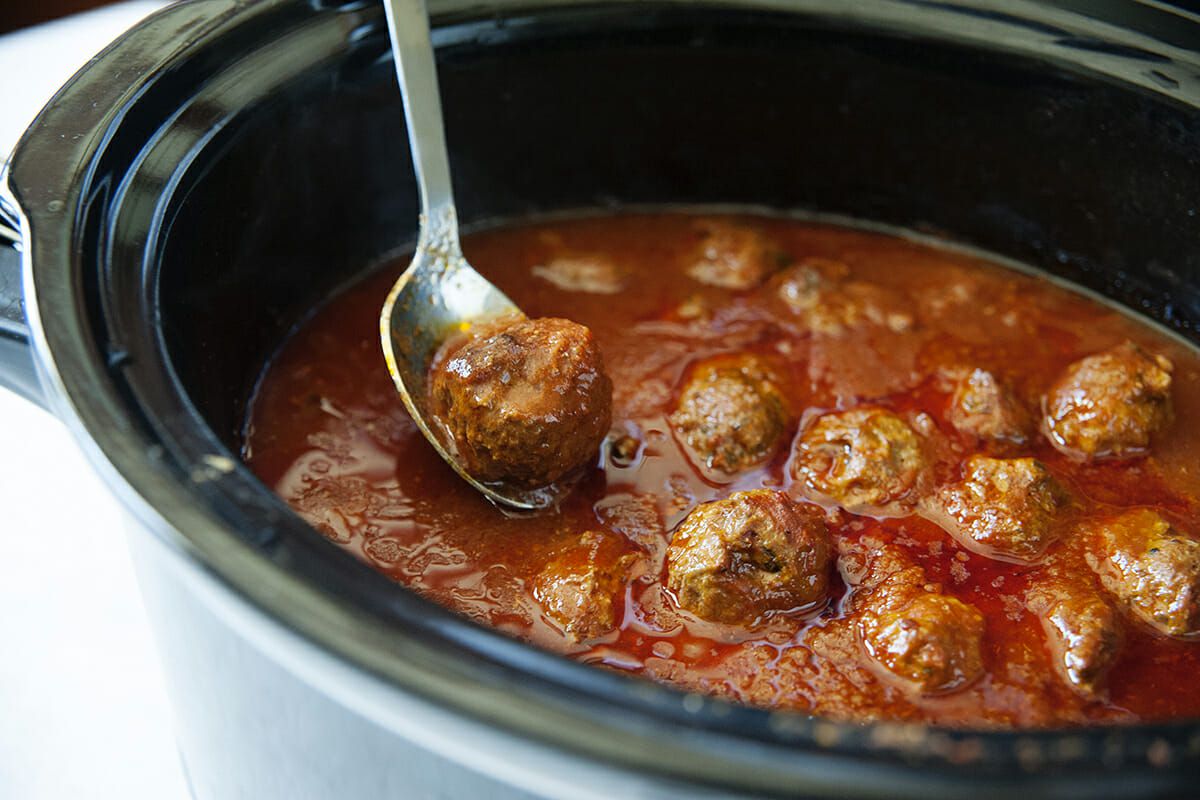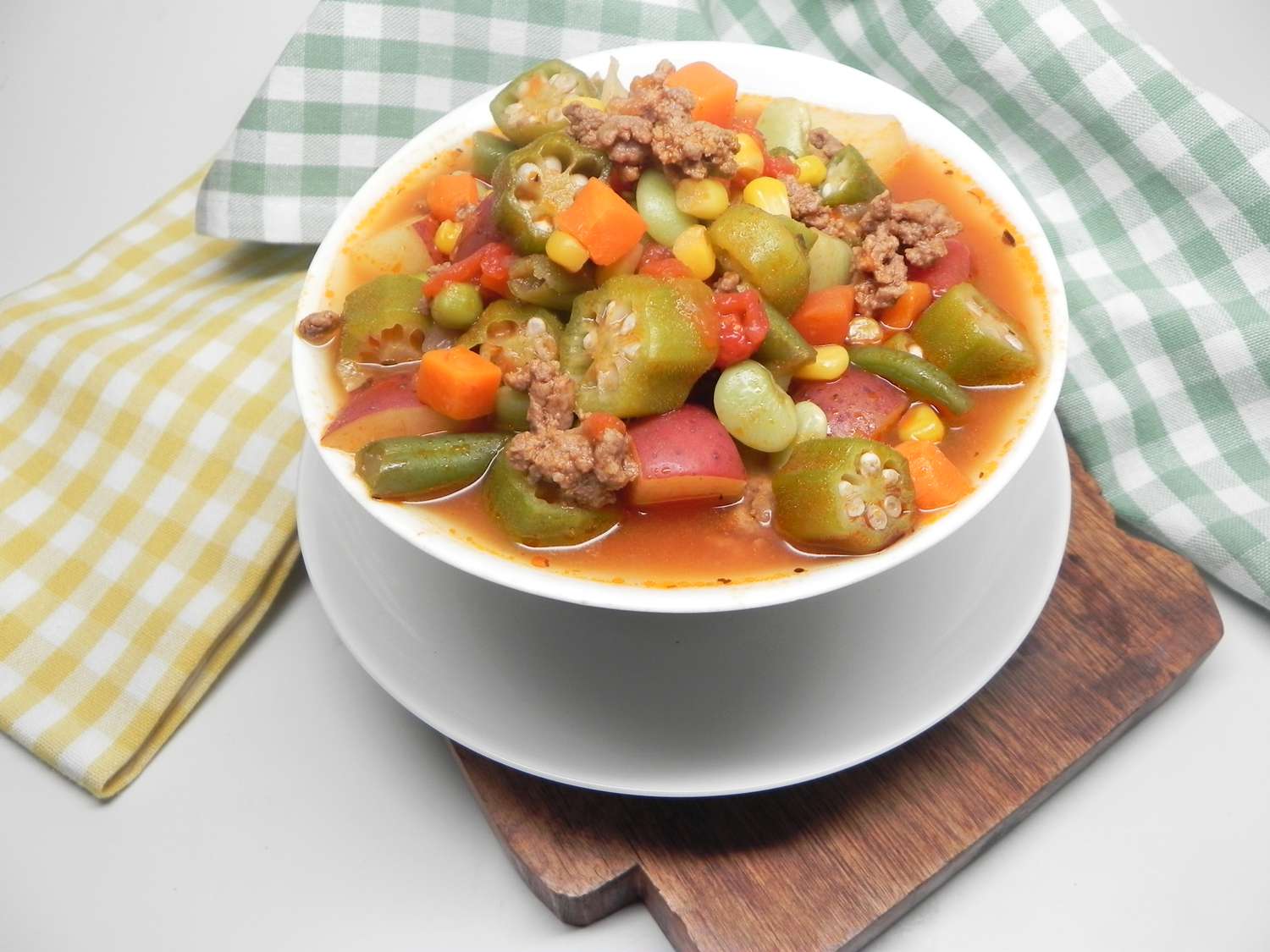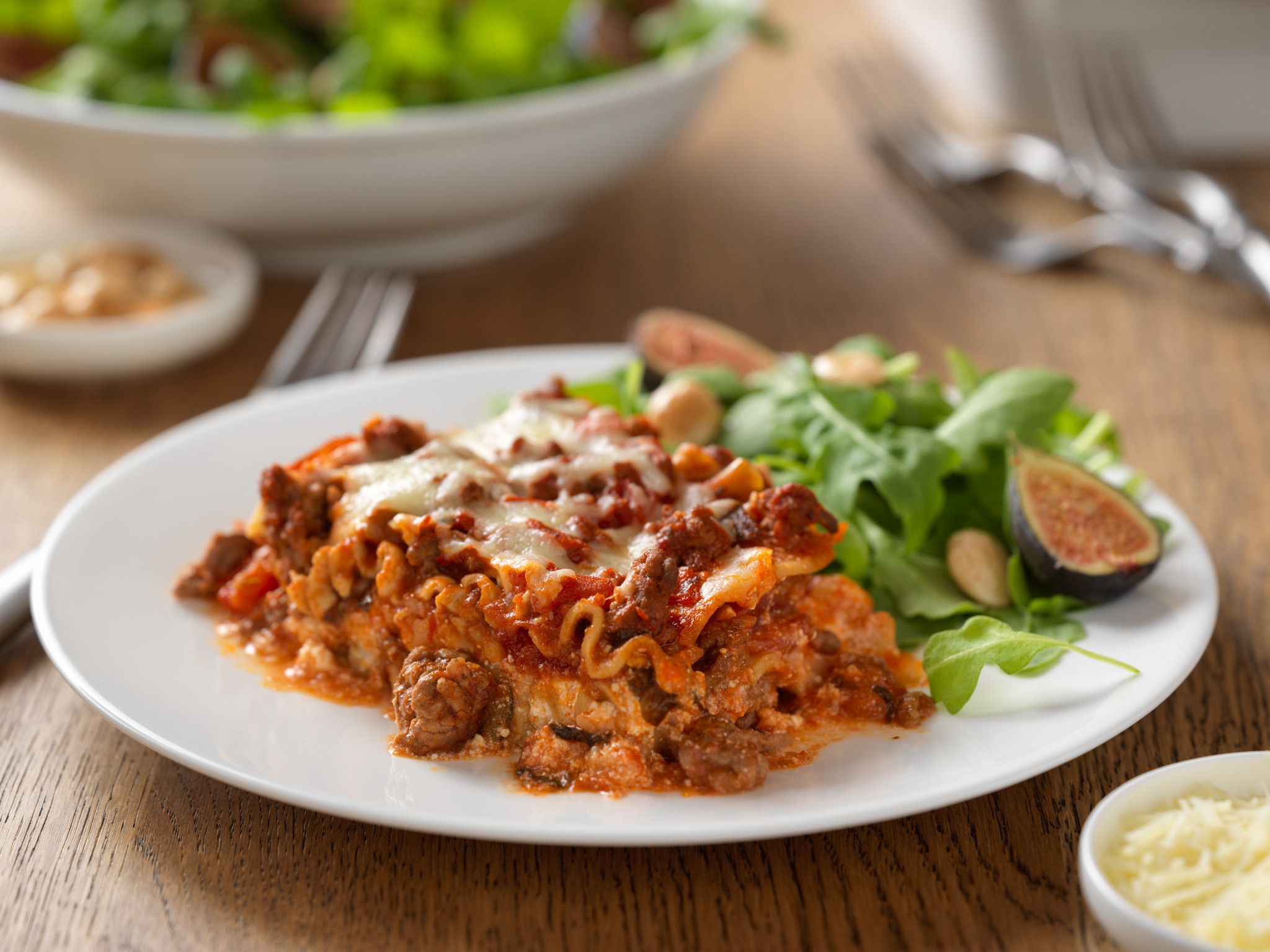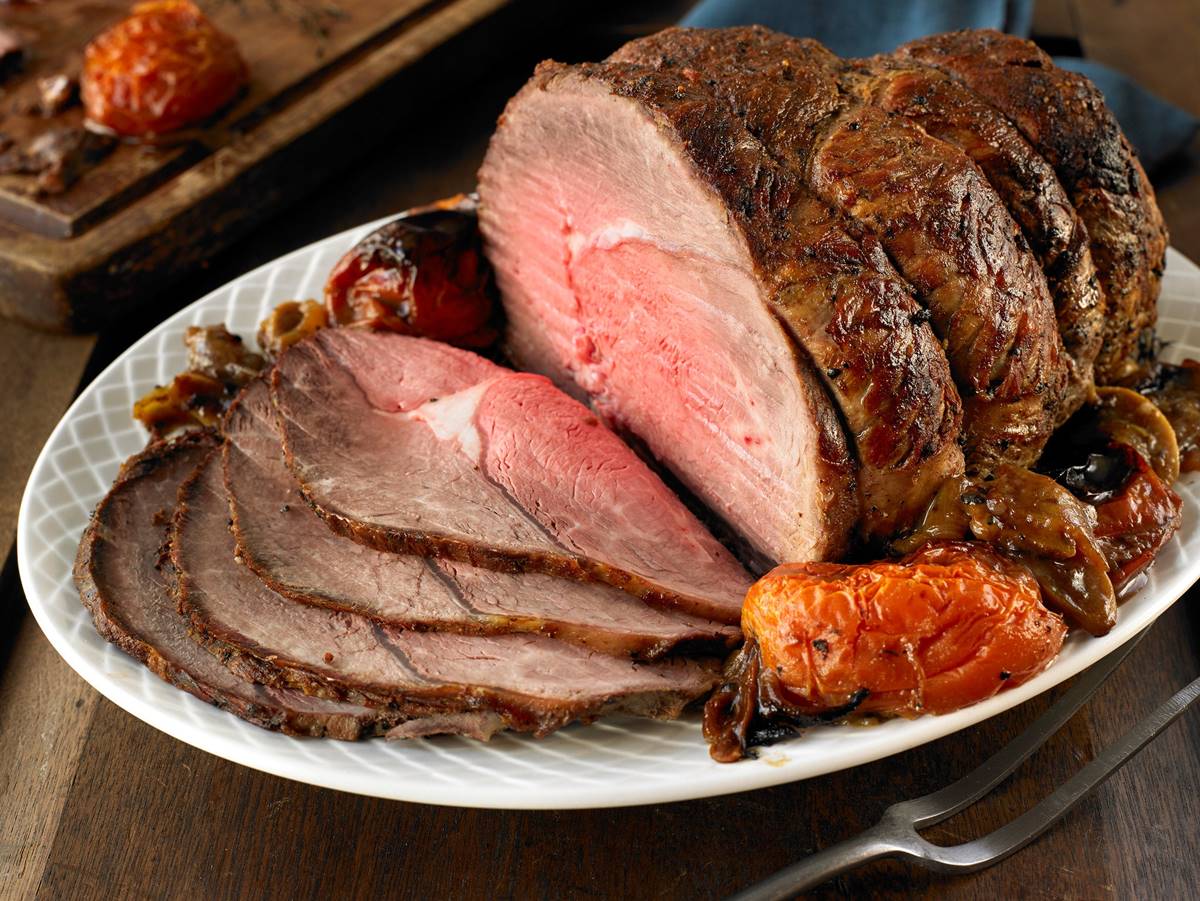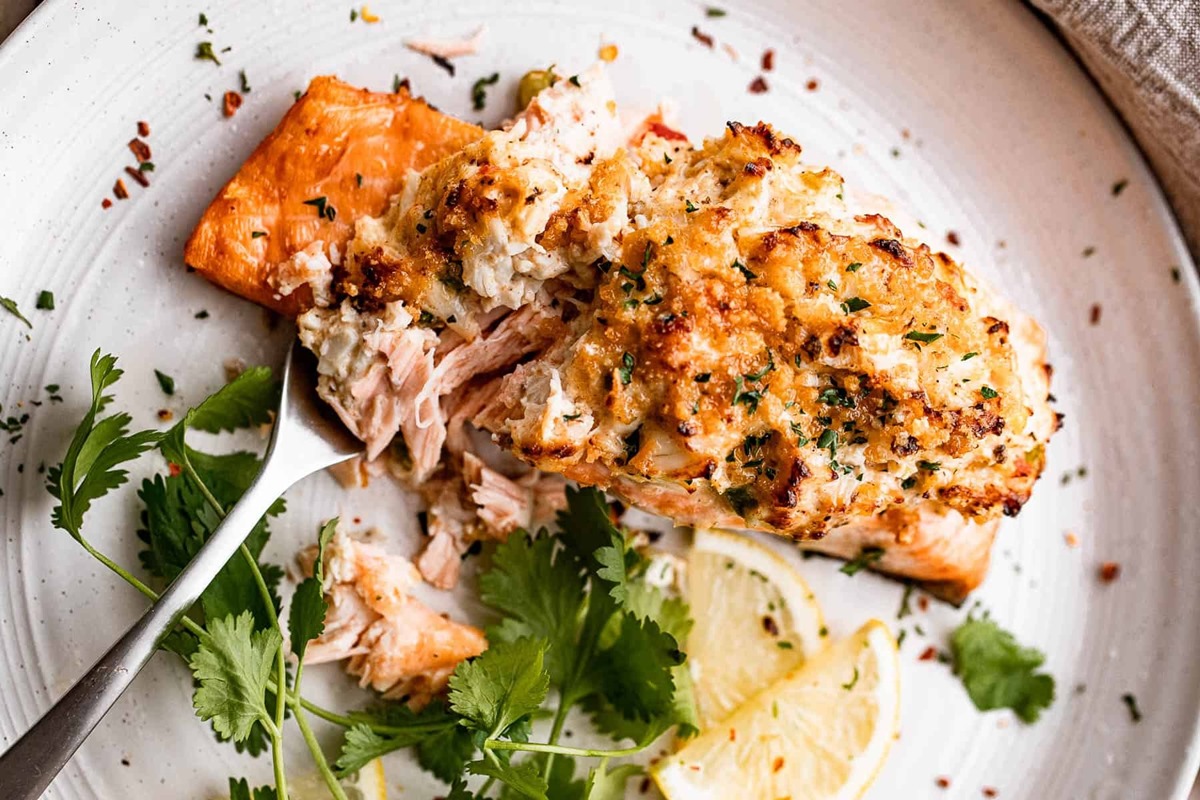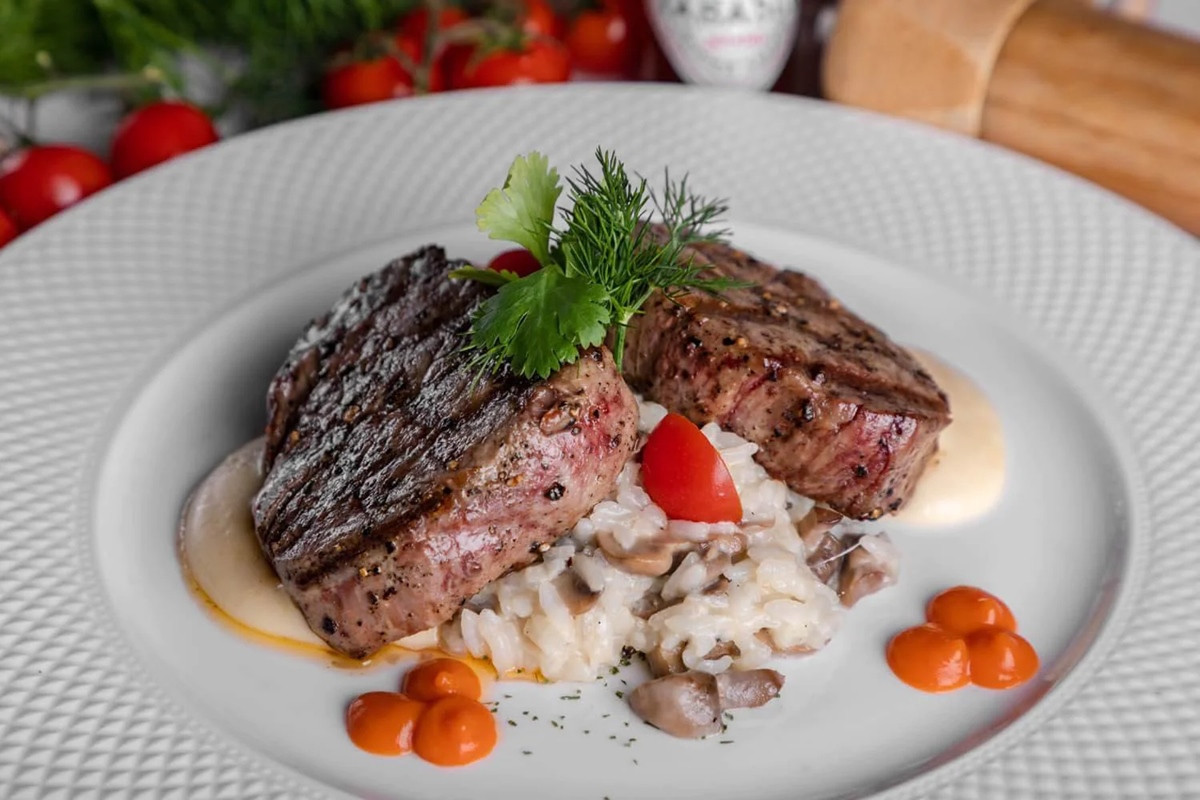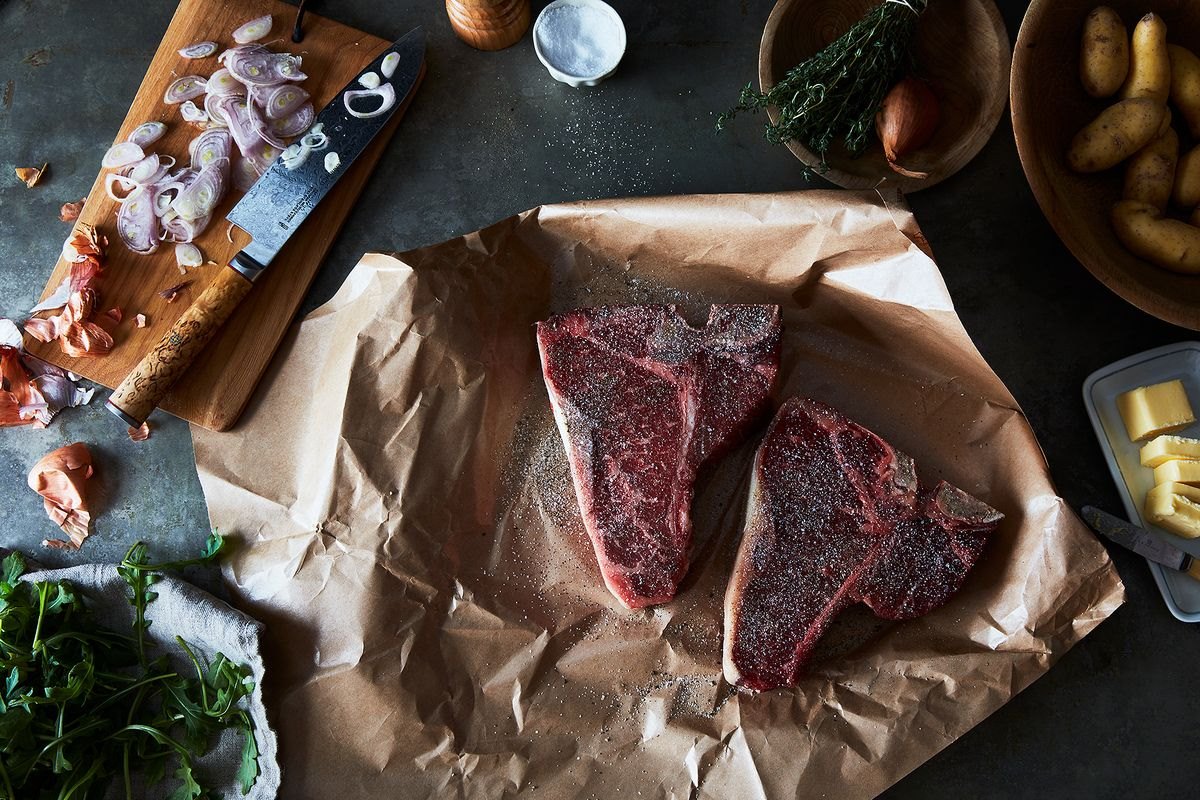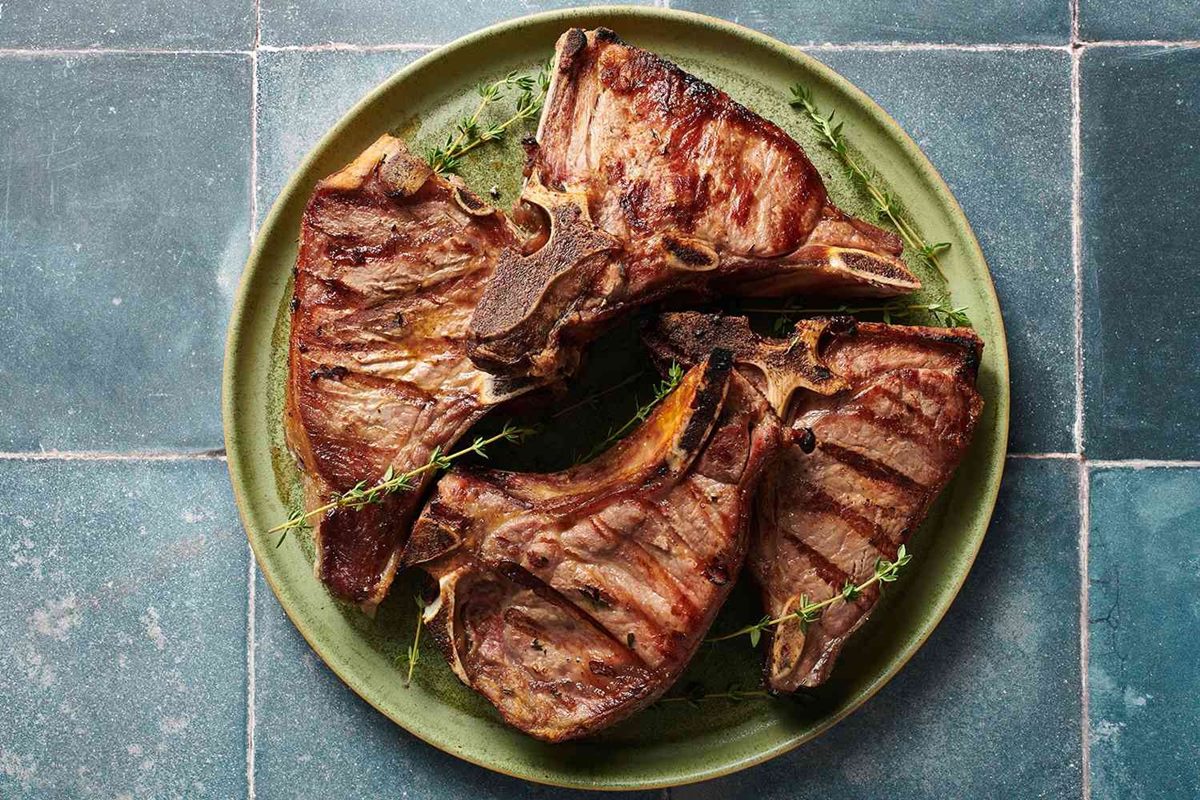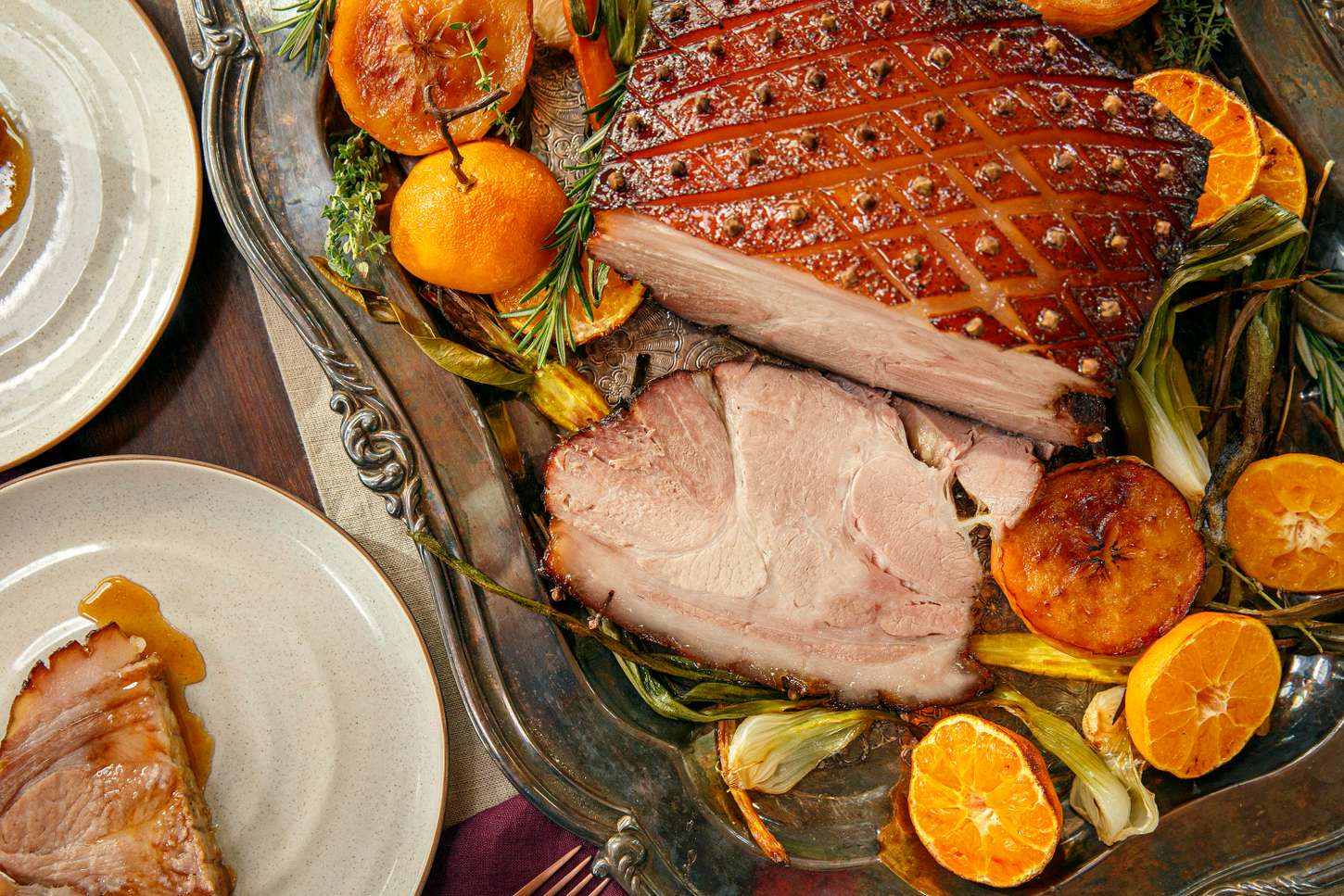Discover the Timeless Delight of Lithuanian Sausage
When it comes to traditional European cuisine, few things rival the rich and flavorful experience of Lithuanian sausage. With a history rooted deep in Baltic culinary traditions, this sausage delicacy has captured the hearts and taste buds of food enthusiasts around the world. If you’re eager to delve into the art of cooking this timeless delight, you’ve come to the right place!
Ingredients You’ll Need
To begin your culinary adventure, gather the following ingredients:
- 1 pound of high-quality Lithuanian sausage
- 1 onion, finely chopped
- 2 cloves of garlic, minced
- 1 tablespoon of vegetable oil
- 1 teaspoon of paprika
- ½:
- In a large skillet, heat the vegetable oil over medium heat.
- Add the finely chopped onions and minced garlic to the skillet. Sauté until the onions turn golden brown.
- While the onions are cooking, use a fork to poke small holes all over the Lithuanian sausage. This will help the flavors penetrate the meat.
- Once the onions are caramelized, add the sausage to the skillet. Cook for about 10 minutes, flipping occasionally to ensure even browning.
- Sprinkle the paprika, caraway seeds, salt, and pepper over the sausage. Stir gently to coat the sausage evenly with the spices.
- Reduce the heat to low and cover the skillet. Allow the sausage to simmer for an additional 10 minutes, allowing the flavors to meld together.
- Remove the lid and check if the sausage is cooked through. The internal temperature should reach 165°F (74°C).
- Once fully cooked, transfer the Lithuanian sausage to a serving platter and let it rest for a few minutes before serving.
Serving Suggestions
Lithuanian sausage offers a myriad of serving options. Here are a few recommendations:
- Serve the sausage on a bed of sauerkraut for a classic Eastern European pairing.
- Accompany the sausage with boiled potatoes and steamed vegetables for a hearty and wholesome meal.
- Slice the cooked sausage and add it to your favorite pasta dish for a delightful twist.
- Include the sausage in a traditional Lithuanian breakfast spread with bread, cheese, and eggs.
Experience the Delights of Lithuanian Cuisine
Now that you know how to cook Lithuanian sausage to perfection, it’s time to sit back, savor the flavors, and embark on a culinary journey to Lithuania. This wholesome and delicious sausage will transport your taste buds to the vibrant streets of Vilnius and beyond. So gather your ingredients, fire up the stove, and bring a taste of Lithuania to your kitchen!
For those eager to try their hand at Lithuanian sausage, there are several recipes that stand out from the crowd. The Lithuanian Sausage and Sauerkraut Skillet is a great starting point, offering a traditional blend of flavors that are both hearty and satisfying. If you're in the mood for something comforting, Lithuanian Sausage and Bean Stew is a must-try, combining rich flavors with a comforting texture. For a lighter option, the Lithuanian Sausage and Kale Stir-Fry offers a healthy, yet flavorful dish that can be whipped up in no time. Lastly, for breakfast enthusiasts, the Lithuanian Sausage and Cheese Omelette is an excellent choice, bringing a unique twist to your morning meal. Each of these recipes offers a unique way to enjoy Lithuanian sausage, making them perfect for any meal of the day.
Share your insights and experiences with cooking Lithuanian sausage in the World Cuisines forum section. Let’s discuss the unique flavors and techniques used in this traditional dish from Lithuania.FAQ:What is Lithuanian Sausage?Lithuanian sausage, also known as “lietuviška dešra,” is a traditional sausage from Lithuania. It is made using a combination of pork and beef, seasoned with spices such as garlic, black pepper, and marjoram. This sausage is typically stuffed into natural casings and has a distinct smoky flavor.How should I store Lithuanian Sausage?To ensure the freshness of Lithuanian sausage, it should be stored properly. It is best to keep it refrigerated at or below 40°F (4°C). If the sausage is not consumed within a few days, you can freeze it. Wrap it tightly in plastic wrap or place it in an airtight container before placing it in the freezer.Absolutely! Lithuanian sausage is fantastic when cooked on a grill. Preheat your grill to medium heat and grill the sausages for about 15-20 minutes, turning them occasionally to ensure even cooking. The sausage is fully cooked when the internal temperature reaches 160°F (71°C).How do I cook Lithuanian Sausage on a stovetop?Cooking Lithuanian sausage on a stovetop is simple. Start by placing the sausages in a skillet or frying pan. Add a small amount of water or oil to the pan to prevent sticking. Cook the sausages over medium heat, turning them occasionally, until they are browned and reach an internal temperature of 160°F (71°C).Can Lithuanian Sausage be boiled?Yes, you can boil Lithuanian sausage if you prefer a softer texture. Place the sausages in a pot of water and bring it to a boil over medium heat. Reduce the heat to low and simmer the sausages for about 20-25 minutes, or until they are fully cooked. Check the internal temperature to ensure it reaches 160°F (71°C) before serving.What are some popular serving suggestions for Lithuanian Sausage?Lithuanian sausage can be enjoyed in various ways. It is often served with sauerkraut, mustard, and freshly baked bread. You can also slice it and incorporate it into stews, soups, or pasta dishes to add a savory flavor. Additionally, it pairs well with potatoes, pickles, and other traditional Lithuanian side dishes.Can I smoke Lithuanian Sausage at home?Yes, you can smoke Lithuanian sausage at home if you have a smoker. Start by preheating your smoker to about 225°F (107°C). Place the sausages on the smoker racks and smoke them for approximately 2-3 hours, or until they are fully cooked and reach an internal temperature of 160°F (71°C). Monitor the smoking process to achieve the desired level of smokiness.
Was this page helpful?
Read Next: How To Cook Black Beans In Microwave
